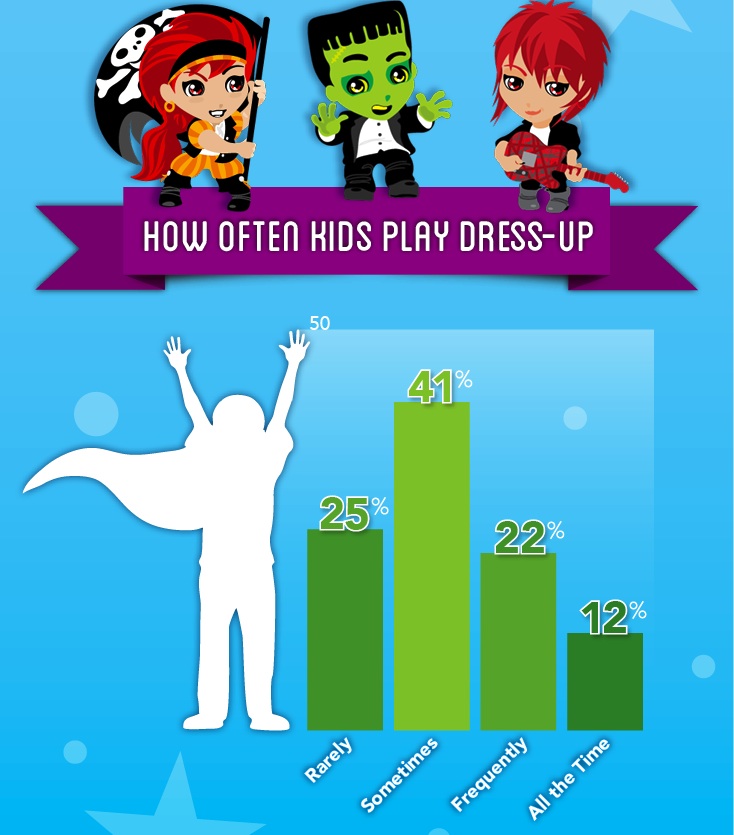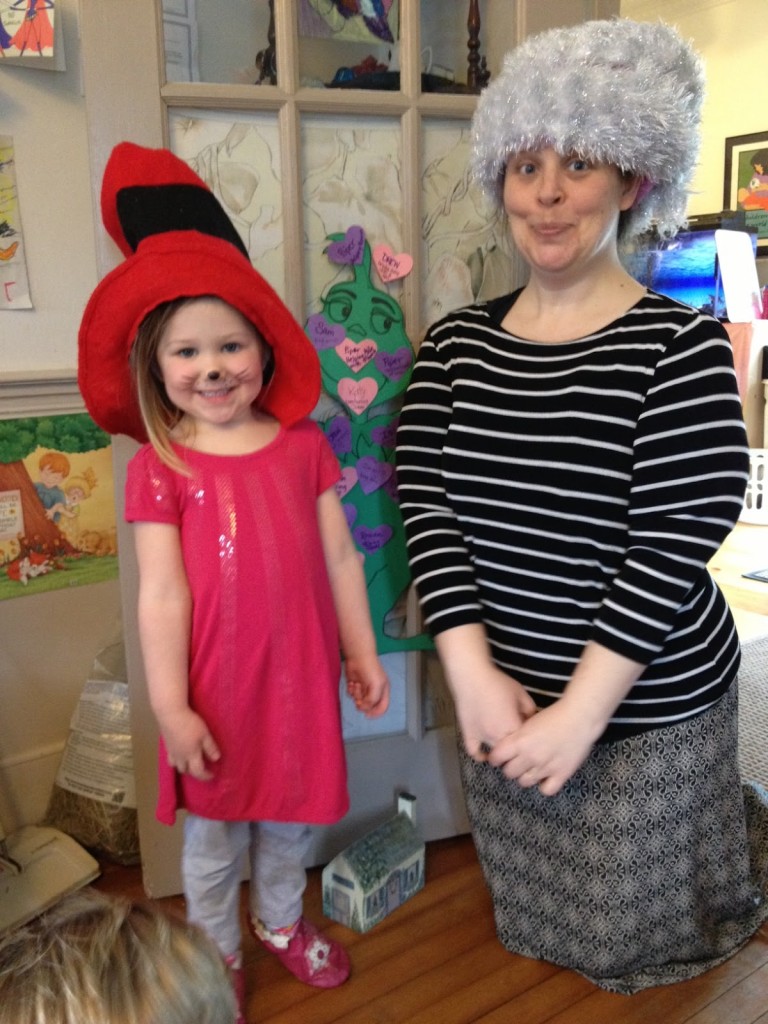Three Ways to Use Dress Up Games to Target Speech Therapy Goals
Every so often you meet a child that just loves costumes and characters. You know, the ones who will enviably grow up to be awared-winning entertainers? While it might seem like just a playful child activity, there is a lot of language that can be targeted during an afternoon of dress up. Both boys and girls seem to enjoy the experience of wearing funny hats and high heels while sometimes sporting accents or crazy stories about their characters. This also, as you can imagine, involves a great deal of pretend play, which we know is important to language development. Here are three ways to use dress up games to target speech therapy goals:
1.) Firefighter Theme for Articulation. Using a firefighter theme is a great dress up and pretend scheme. It’s action packed. For articulation, one idea is to create a “burning building” (a dollhouse, or a poster with a building drawn on it will do”) with different articulation targets inside. The child can then “save” or “put the hose on” targets they see in the window. Inside a burning building, I might hide several “t” words (if that was the articulation target) and then talk about them in the context of a fire (e.g., “hurry, we need to save the tiger, tree, and toothbrush!”). Then, continue to use those words in the play by removing them from the fire.
2.) Hat Swap for Perspective Taking. Hats are great because they immediately imply a character. Just by wearing a hat you know who you and your friends are in play, without a costume, and what they’re role is. For social thinking students working on perspective taking, hats can be a great way to develop a scene and then think about it from another person’s perspective. For example, after reviewing a social scenario with a particular problem at hand (a video clip or a story), let students wear a hat resembling one of the characters and discuss the problem from their point of view. Then, swap! Now the child must review the same scenario from another person’s point of view. This could be very powerful for conflict resolution as well.
3.) Superhero Language and Articulation Themes. Superheroes are an easy costume for pretend play, a towel or pillowcase cape will do. As a superhero, children can “take on” different language and articulation challenges. Here are just a few:
- Articulation: Similar to the burning building idea, place articulation targets around the room, most like an obstacle course, and have the child save each one. While you can use toys, cards or printed pictures will do.
- Language: Ask the child to describe their superhero adventure, where they’ll go and who they’ll save. An element of saving someone could be a problem-solving scenario to encourage critical thinking or answering and asking wh questions. Place different stuffed animals around the room to “save” and then provide clues to the child about their whereabouts (potentially giving multi-step directions for the child to follow, or functions of objects they might look it) Such as “Mr. Bear is in a very small space. After you open the closet doors you’ll look at the bottom shelf. It in something you use when you are sick (a tissue box)”. Or, conversely, have the child generate questions to reveal the location. One you let your mind wonder, the possibilities are endless on this one!





